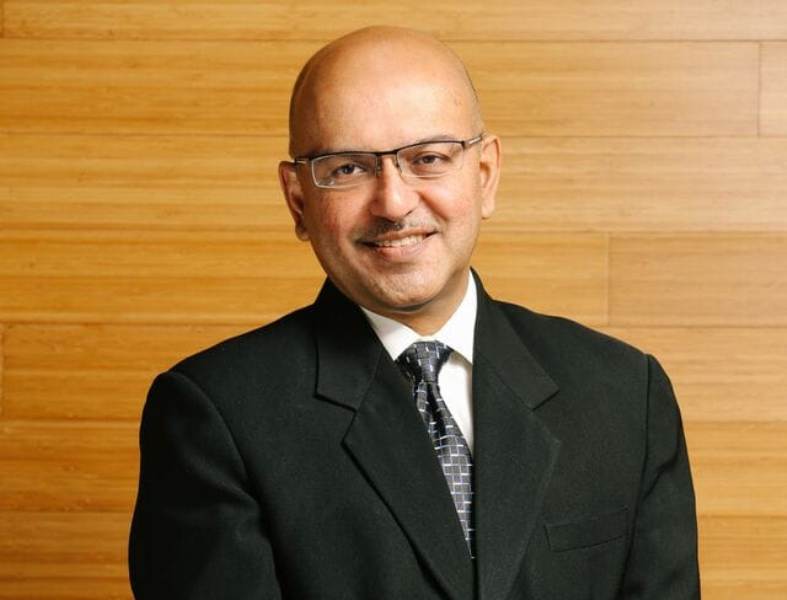
With only seven letters and two syllables, “culture” is not one of the longest words in the English dictionary, but it’s perhaps one of the weightiest, and also the one with the most hidden depth. “Culture” encompasses the history of entire civilisations, holds the present together, and paves the road to the future. Yet, culture is often seen as something separate from everyday life, something remote even. For its custodians, the challenge is making culture relatable and accessible.
“Culture and heritage need not be just presented as something that’s a thousand years old. It could be presented — it must be presented — as something that’s relevant to current times,” says R Rajaram, Registrar of the National University of Singapore and Chairman of the Advisory Board of the Indian Heritage Centre in Singapore, in an interview with Connected to India.
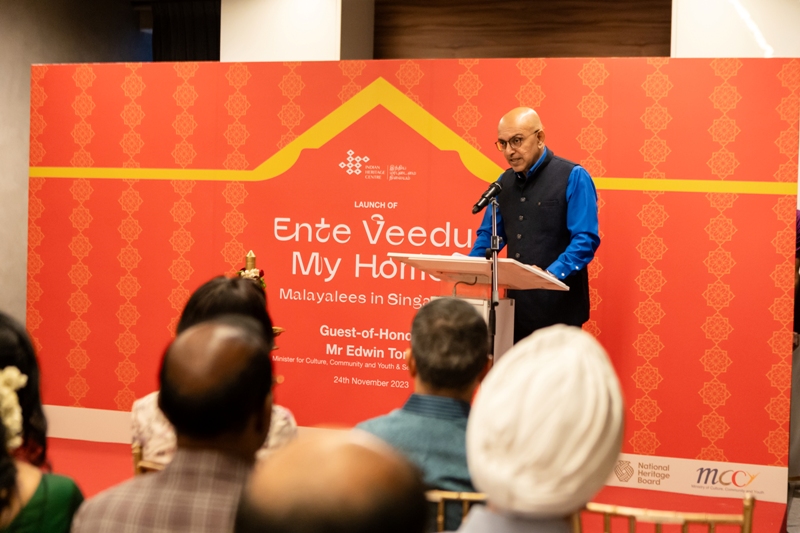
In keeping with the saying “Every challenge is an opportunity”, the Indian Heritage Centre (IHC) in Singapore is hosting Ente Veedu, an almost year-long special exhibition of Malayalee culture, which literally invites a visitor to step into a Malayalee home — that’s what Ente Veedu means: “My home”.
Aside from the duration of the special exhibition, giving year-round visitors to Singapore a chance to see the displays, its most significant aspect is that it’s a community-driven exhibition. Many of the exhibits are on loan from Malayalee households in Singapore.
The opening day of Ente Veedu ended with a fashion show by Indian-origin Singapore designer Kavita Thulasidas, who sent models down the runway wearing modern interpretations of the Kerala kasavu sari.
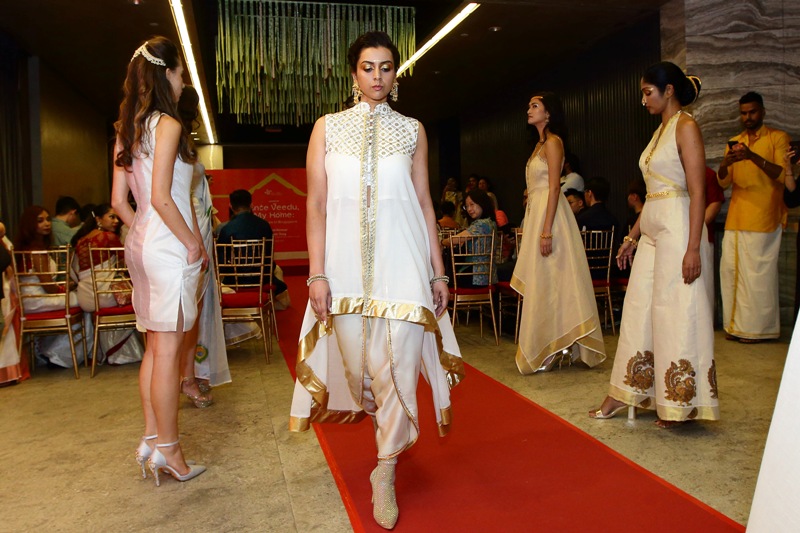
The intention was to reach out to “a cross-section of people”, says Rajaram. There was some risk that it could hit the wrong notes, but the effort was worth it, he feels. “If dress and food are part of our heritage, one way of presenting it is how dress and food were a thousand years ago; another way of talking about it — and in so doing, you keep the younger set included — is to allow them to innovate, to improvise. That’s what we did on that day.”
Since cultural heritage lives in people, Rajaram cites the success of another community-led Indian landmark in Singapore with which he has been involved for the best part of two decades now. Tamil, one of the four official languages in Singapore, has its own month-long festival comprising about 50 events, in which community organisations have been involved from the get go.
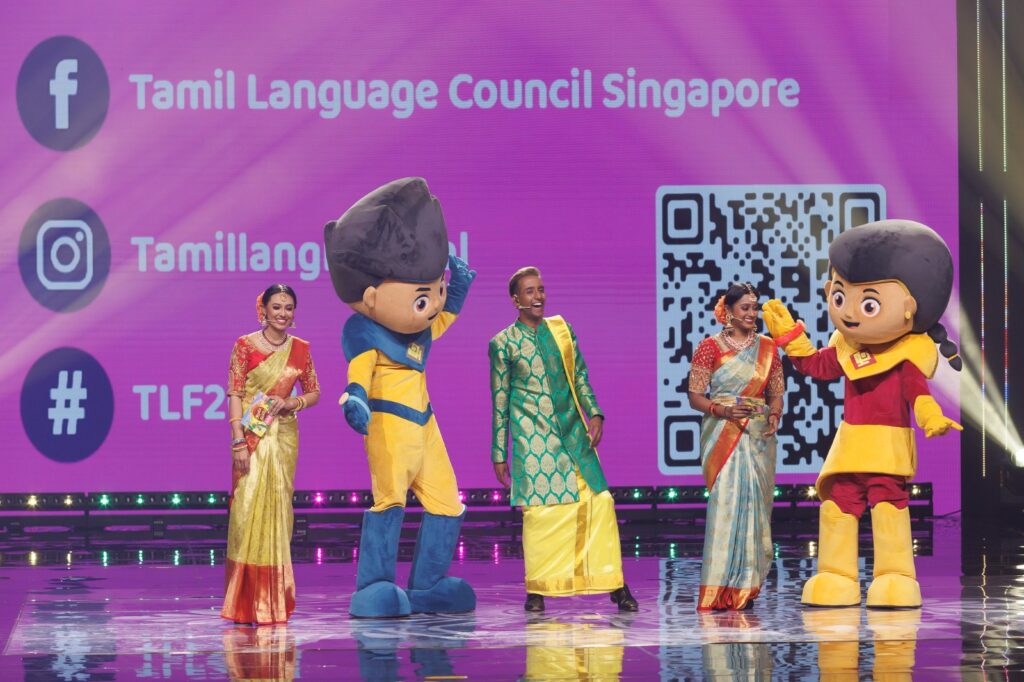
Annual Tamil Language Festival encourages formation of new groups in Singapore
Not only has the Tamil Language Festival in Singapore itself been growing in terms of participation, but it has also achieved a virtuous cycle of encouraging more and more community-led language-oriented groups to be formed in Singapore. Rajaram recalls that the Tamil Language Festival, which has had about 17 editions until now, began attracting community groups from its 8th or 9th edition without any prompting from the main organising body.
Since then, “every year, we’ve got three or four new organisations coming” along with the regular participant groups. “The festival has gained a certain reputation certainly within Singapore,” he says. “So, it is a winning formula — if you want to do something that’s large and sustainable, it’s a good idea to make friends and work together.”
Diving into Indian heritage by engaging the Indian community in Singapore helps rediscover treasures that may have gathered some moss over the centuries. Rajaram refers to the Tamil text Tirukkural, a collection of 1,330 short couplets (kurals) whose origin is generally attributed to the 6th century poet Tiruvalluvar. Described as “an all-inclusive ethical guide” by the Encyclopaedia Britannica, Tirukkural has couplets that are fully relevant to modern times.
For instance, says Rajaram, one of the kurals tells students “how you can possibly study and do well in exams”. This kural is “somewhere in the middle” of the book, and “that’s the first kural you should be talking about” in order to “make things relevant”.
Reaching deep into one’s heritage and drawing strength from it is relatively easy for Indians in Singapore, as the Singapore government has a stated policy of encouraging the learning of one’s mother tongue — indeed, it’s mandatory to do so. To know our own language and to use it every day is the first step in understanding our heritage.
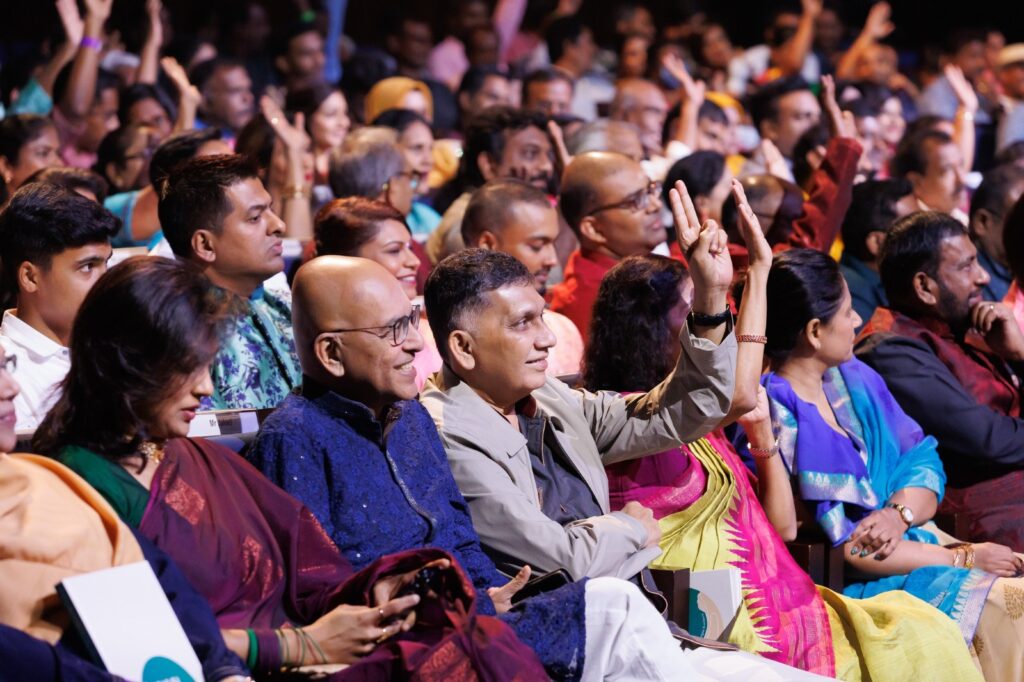
National policy on cultural diversity puts the “steel” in Singapore
Singapore’s national policy of encouraging all ethnicities to get in touch with their own cultures drives well-attended exhibitions such as those curated by the IHC; hugely popular annual festivals such as the Tamil Language Festival and Kalaa Utsavam; and the thousands of students graduating from the Singapore Indian Fine Arts Society and other institutes of the same nature.
The Singapore government, says Rajaram, seems “to honestly believe that these things must be maintained, and it contributes to the steel of the place”. For him, too, being a part of several Singapore committees related to Indian heritage is an instructive and invigorating experience.
Besides the IHC Advisory Board, he is also associated with the Hindu Endowments Board and was, until recently, part of yet another committee. “It actually adds to the excitement in life” and it only means spending “a few evenings away from home”, he says, when asked about his time management secret. “I mean, it takes you away from the monotony of going to work and coming back home. I think these activities have done me a favour rather than the other way around. You get to meet people whom you wouldn’t have otherwise met. And you could get to do [new] things.”
Versatility and resilience help Indians thrive overseas
This quest for newness while being anchored in tradition is, perhaps, part of the Indian DNA. As we conclude the interview discussing what makes Indians assimilate so easily and rise through the ranks in an overseas environment, Rajaram picks “versatility” and “resilience”, giving the example of Indian CEOs in the United States. These two elements, combined with the skill of picking up new languages quickly, make an Indian “very good in dealing with ambiguous situations, one of the qualities you need to be a leader”.


